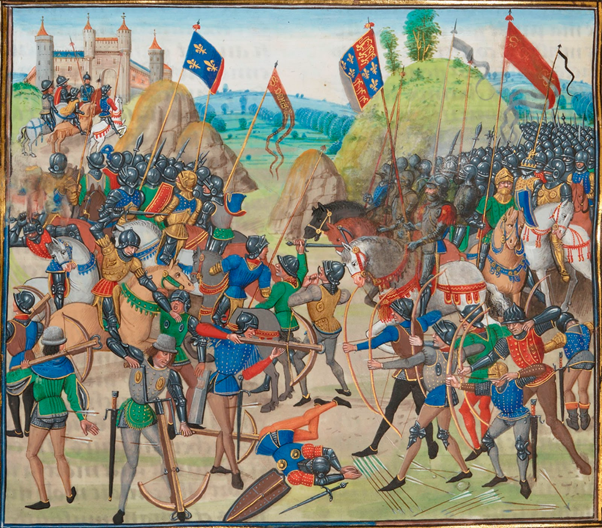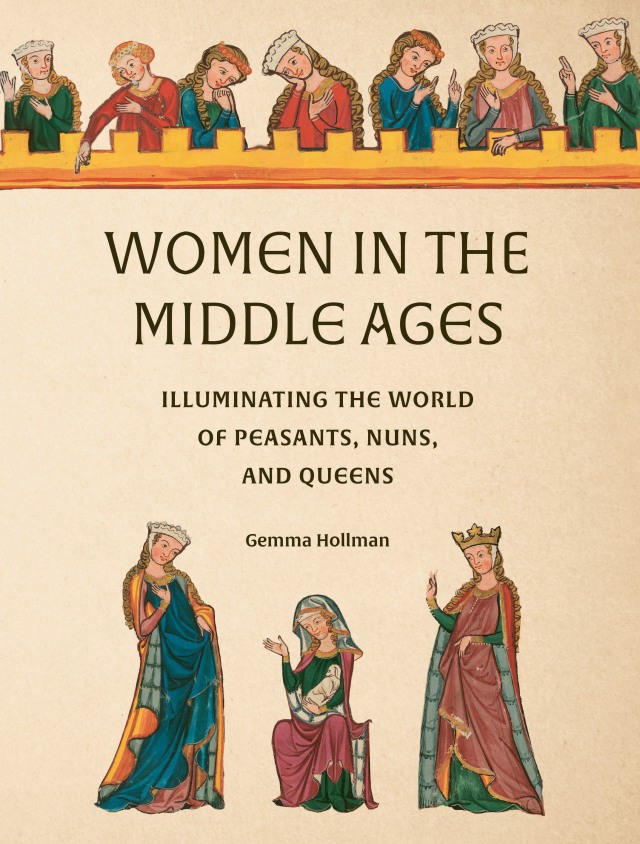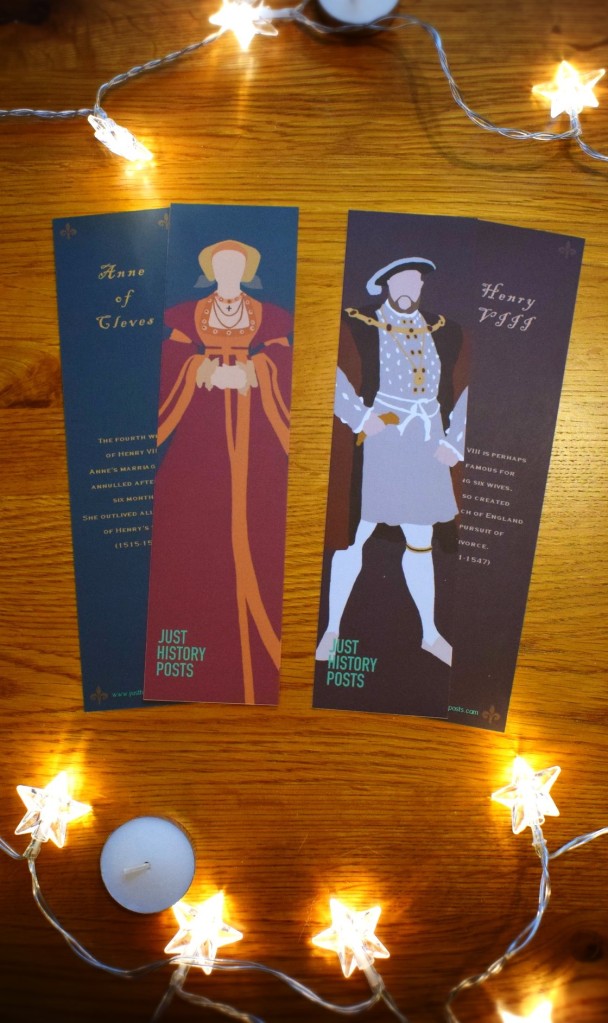Today I’m pleased to be hosting a guest post looking at the origins of the Hundred Years’ War between England and France. This is a topic that comes up quite a lot on this blog, as it’s right in my era of expertise, so I’m happy to hear from Talia. Talia is a 19-year-old self-taught future historian focused on Medieval England and the Crusades. She’s the founder of the History with Talia Substack and Instagram account, and she has just started her own podcast. Over to Talia!
Throughout the 14th century, warfare and plague spread rapidly hitting all of Western Europe, wiping out as many as possible, including almost half of the population of Europe. The plague didn’t just stop there, but it deteriorated further the relationship between France and England after conflicts for centuries straight.
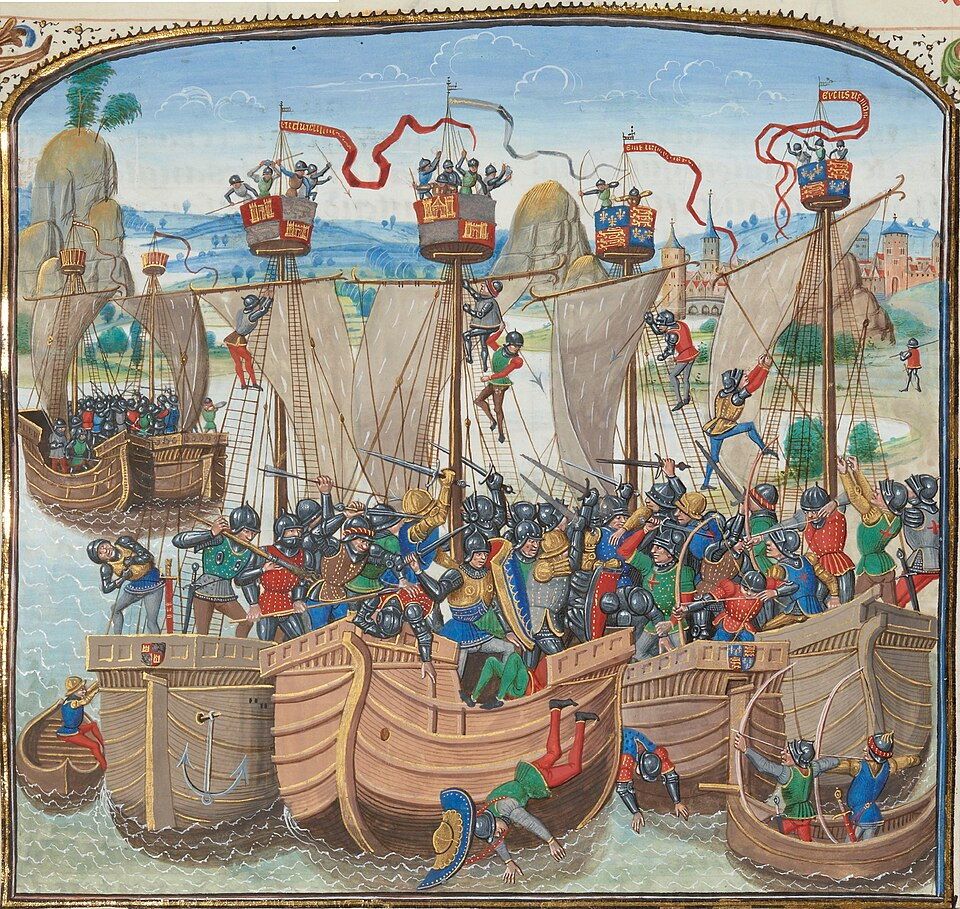
Ever since the late 11th century, both England and France had feudal territories from Gascony to Aquitaine that allowed them to pay homage to each other, but always sparking feuds over who would get what. Henry II of England (1133-1189), the first Plantagenet king, built what he called the Angevin empire expanding into France. But when Henry died his sons didn’t do much to keep the empire and by 1214 everything was handed into the hands of the French at the Battle of Bouvines due to the failure of King John’s reign.
Louis IX of France (1214-1270) was especially known for his religious devotions and did not want to deal with the drama unfolding by the English. But as France watched the chaos unfold in England, they were still dealing with issues of their own, namely the crusades and the Knights Templars. Louis’ grandson, Philip IV, decided to solve the problem of the Templars in 1307 by having every last one of them murdered and the group abolished. Across from France, the Flemish in Flanders and other surrounding regions came together to revolt against the French crown causing the Franco-Flemish war from 1297-1305. The English took advantage and sided with the Flemish, and the peace deal recognised Flemish independence as a fief, but they had to owe some debt to the French.
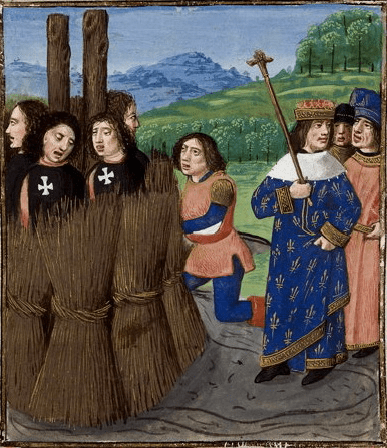
In 1307, Edward II of England married Isabella, the daughter of Philip IV, to ease the tensions between the countries, but Edward’s reign fell apart with scandals leading to his deposition in 1327 and putting his son, Edward III, on the throne. In 1328, Charles IV of France died, being the last Capetian king on the throne, and was succeeded by Philip VI as the first Valois king, the dynasty for the next 200 years. However, Edward III considered he was fit for the crown. Why all of a sudden did Edward want to claim himself as heir to the French throne? His mother, Isabella, was Charles IV’s sister, and so he felt he had a claim through her.
What will subsequently go down in history as the Hundred Years’ War will shift both sides, especially France, who at the start will lose its morale but after various mistakes all around will bring the powerful France into victory.

What really originated such a failed relationship between France and England to cause such a major war in the 14th century? It goes back to the time when William the Conqueror defeated Harold in the Battle of Hastings in 1066, allowing the first Norman king onto the throne. What caught the eye of the French was the rich Norman lands that both sides wanted. William’s son, Henry I, would be one of the first to deal with such an issue, with the French supporting the rebels in the Norman lands. Henry was dealing with rival claimants in Normandy that included William Clito, the son of Robert Curthose who was William the Conqueror’s oldest son. William Clito wanted revenge for his father who was captured by Henry at the Battle of Tinchebrai in 1106. France as well as Flanders saw this as a chance to come and go after these lands themselves.
In 1135, after the death of Henry I left no male heir to the throne, a huge civil war between his daughter Empress Matilda and nephew Stephen of Blois broke out. This lasted until 1154 with the accession of the first Plantagenet king, Henry II. One crucial figure within this reign was Eleanor of Aquitaine who married Louis VII of France and was later divorced and married Henry II.
When the civil war was occurring in England in the 1140s, Louis VII of France was busy joining the failures of the Second Crusade which proved to be a major blow all around after the Fall of Edessa. Meanwhile England grew in power under Henry II, with the rise of the Angevin Empire conquering Gascony, Brittany and many parts of France. However, Henry faced rebellion from his sons. Various rebellions in 1173 by Henry the Young King as well as Richard and John had vast consequences on both sides as France yet again sought to use it to their advantage.
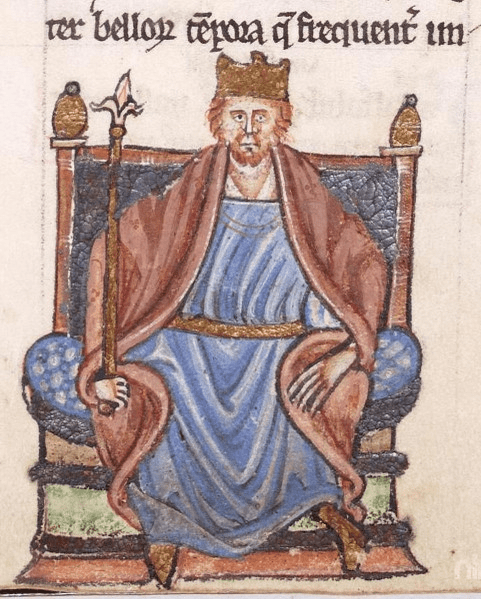
What will define the 12th century will continue to the beginning of The Hundred Years’ War. During the reign of King John, his father’s Angevin Empire will collapse completely. John didn’t tend to care about much of the ruling, and King Philip of France was one of the most ambitious rulers at the time. John’s defeat at the Battle of Bouvines in 1214 allowed Philip to have total domination and control of these lands.
John died in 1217, and The Treaty of Lambeth was signed that allowed for the barons to come at last under some peace. For the next 60 years, France and England will have some minor clashes such as the Santiago War, but England yet again was heading for another civil war, this time over the failures of Henry III claimed by Simon de Montfort. Two civil wars in one century is a lot, but various steps were taken to bring peace for the nobles in England.
France may have been sitting and watching these events occur but at the same time Louis IX and his brother Charles of Anjou were dealing with their own difficulties. Charles of Anjou was also trapped in never-ending conflicts in Italy and soon a huge rebellion would rise and need support from France, known as the Sicilian Vespers in 1282.
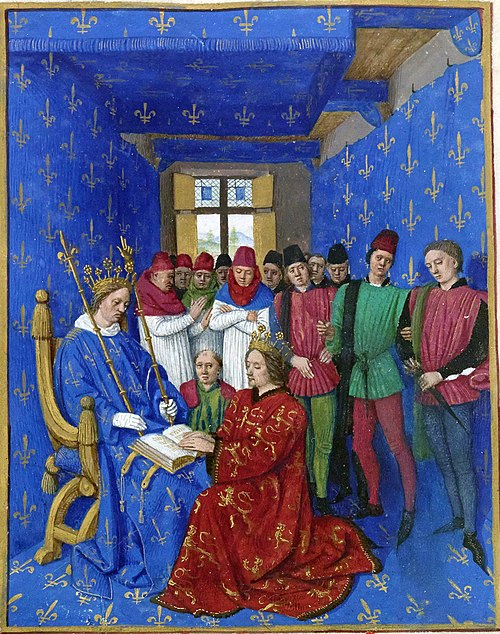
From the time of the ambitious Edward I of England, wars in Flanders and Scotland where both sides would take part continued the fighting. Edward’s son Edward II brought England again into more troubles with his various lovers. Edward II would forget about his wife Isabella of France, known as the She-Wolf. In 1327, Edward II would be deposed by Isabella’s supporters starting a golden age in England with Edward III claiming the throne of France, thus creating the crisis known as the Hundred Years’ War. For the next hundred years both sides would see brutal failure from organisation to leadership, but France eventually emerged victorious.
Thank you Talia for giving us an introduction into the complicated and centuries-long lead up to the Hundred Years War. If you want to hear more from Talia, be sure to give her a follow.
Previous Blog Post: It Was Really Her Plantation: White Early American Southern Women’s Positions of Authority on Plantations 1607-1776
Previous in Important Events: Eyam: England’s Infamous Plague Village
You may like: The Anarchy: England’s Medieval Civil War
List of Blog Posts: here Blog Homepage: here
Buy my books via the pictures below! Or why not check out our shop?
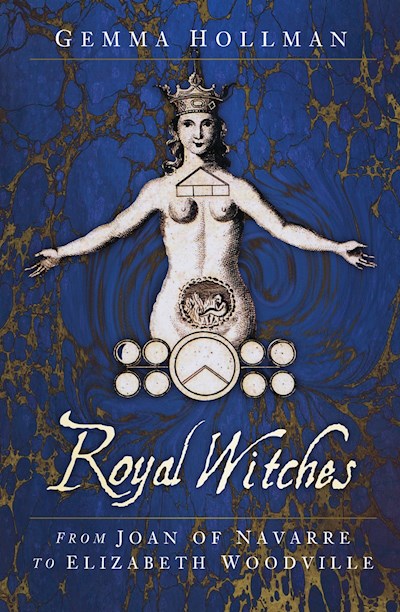
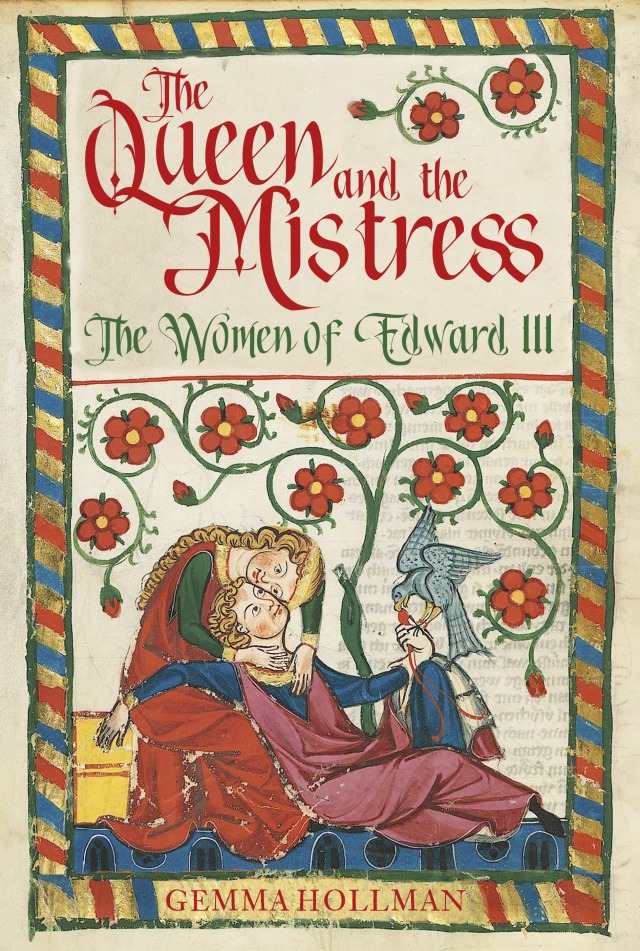
Follow us:
Read more:
Firnhaber-Baker, Justine. House of Lilies: The Dynasty That Made Medieval France. Penguin Books, 2025.
Hanley, Catherine. 1217: The Battles That Saved England. Osprey Publishing, 2025.
Hanley, Catherine. Two Houses, Two Kingdoms: A History of France and England, 1100-1300. Yale University Press, 2023.
Packe, Michael St John, and L. C. B. Seaman. King Edward III. ARK Paperbacks, 1985.
Spinks, Stephen. Edward II the Man: A Doomed Inheritance. Amberley Publishing, 2018.
